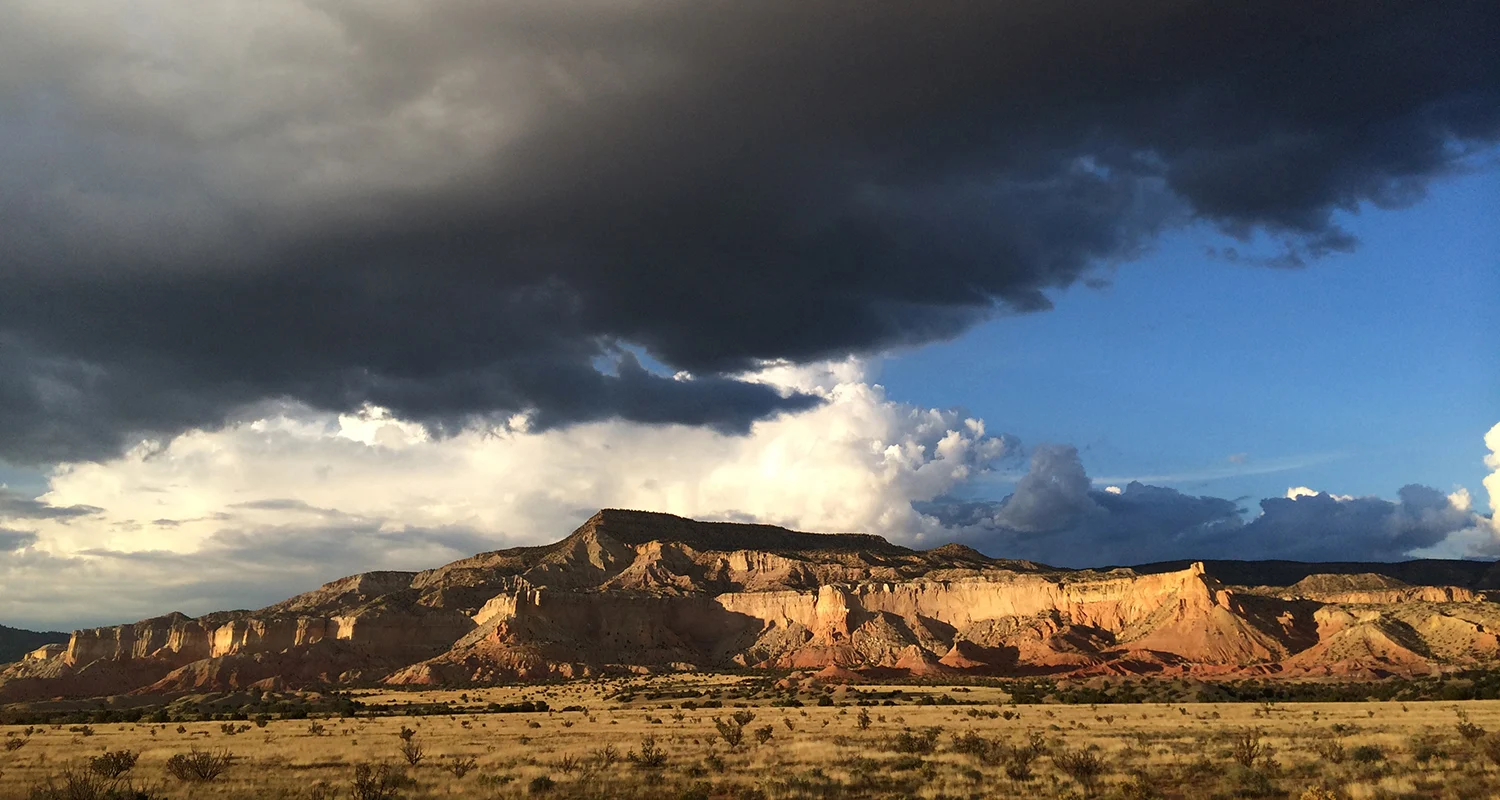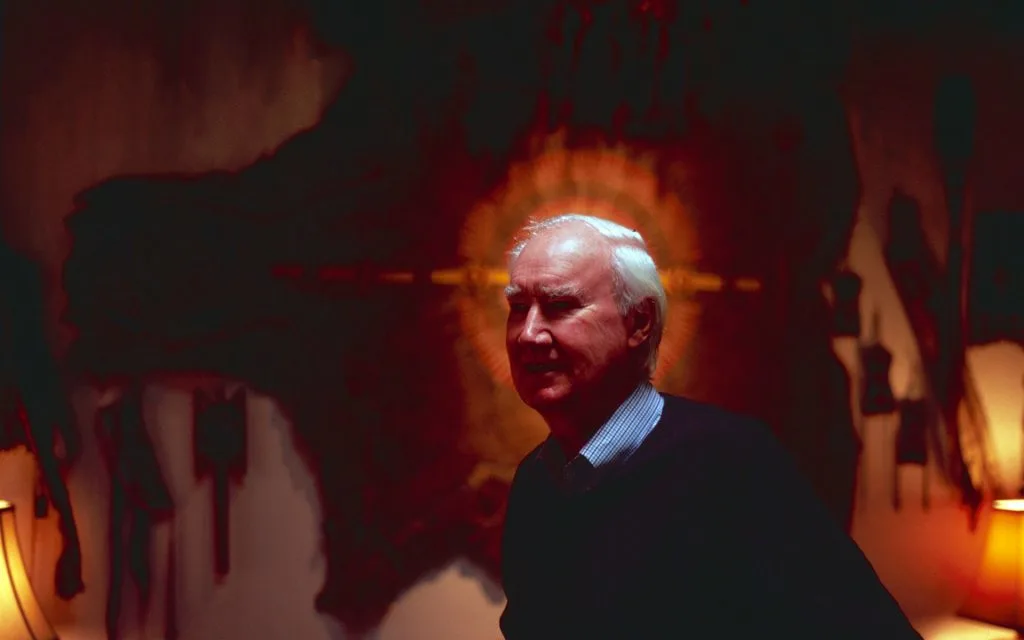

“Sooner or later each of us will be nothing but the leftovers of history or an asterisk in a book that was never written.” This cheery sentence comes from Forrest Fenn’s autobiography The Thrill of The Chase, and Forrest knows more than most people about trying to leave a legacy.
A former fighter pilot, Forrest settled in Santa Fe, New Mexico, after the Vietnam War. He set up shop as an antiques dealer with clients including Cher, John Wayne, Steven Spielberg and President Ronald Reagan.
Then in 2010 he wrote his book, in which he claimed to have hidden a 12th Century chest in the Rocky Mountains, stuffed with $3million worth of treasure – a mixture of rare coins, precious jewels and priceless figurines. The only clue to where it is comes in the form of a mysterious poem included in the book.
The story captured the world’s imagination. The media went wild for the strange tale and treasure-hunters from around the world took up the challenge, swapping information and curdling rivalries on chasechat.com.
When British filmmaker Tomas Leach read about it in a newspaper, he too became obsessed.
“At the core, there is something so utterly magical about the idea of a treasure hunt – it lights a spark behind most people’s eyes,” he says. “After my first film (a portrait of American photographer Saul Leiter), I wanted to make an expansive, cinematic documentary. Something that could ramble and pull you into a deep, winding story, set in a very powerful place.
“And then when I started to meet the people out searching for the treasure, I was struck by how varied and layered they were. It wasn’t just kooks or rich white dudes with too much time. These were characters who had much more to them. I think there is something very beautiful about someone throwing themselves into something that could be utterly futile.”

Tomas made six trips to Santa Fe for the project, an initial exploratory visit to meet Forrest and then five filming trips lasting up to 20 days each. Each time he found the story had wormed its way a little deeper under his skin (on one occasion he even thought he knew where the chest might be, and immediately realised he may be in too deep).
The power of the story, Tomas thinks, is that it allows you to project your own hopes and dreams onto it.
“There is no stone cold solid answer to it,” he says. “It could be a hoax, or anyone could find it tomorrow. That means it’s constantly full of possibility, which means it’s limitless. You can bring yourself into the story more easily, because there isn’t an absolute truth telling you you are wrong.”
On his visits to New Mexico he was also struck by the vast, sweeping landscape and the romantic notions of the American West that go with it.


“The sense of scale and sheer wildness of that part of the world is incredible. And it’s a place that is so rich in cultural history. Be it cinema, photography, literature – we all have half-ideas and a collective memory of the American West that is still incredibly enticing. So the landscape also lets you bring in your own ideas, dreams, or imagination and make this your own.”
Toms doesn’t want to giveaway how The Lure ends, but it may not be quite what you think.
“It was always going to be a balance between understanding that the treasure is really hard to find, and leaving space for hope. But was the characters who really took me somewhere different - they raised thoughts in me I hadn’t expected.”
And when all is said and done, does he believe Forrest Fenn is a genius or a madman? Tomas laughs. "What’s the difference?”

